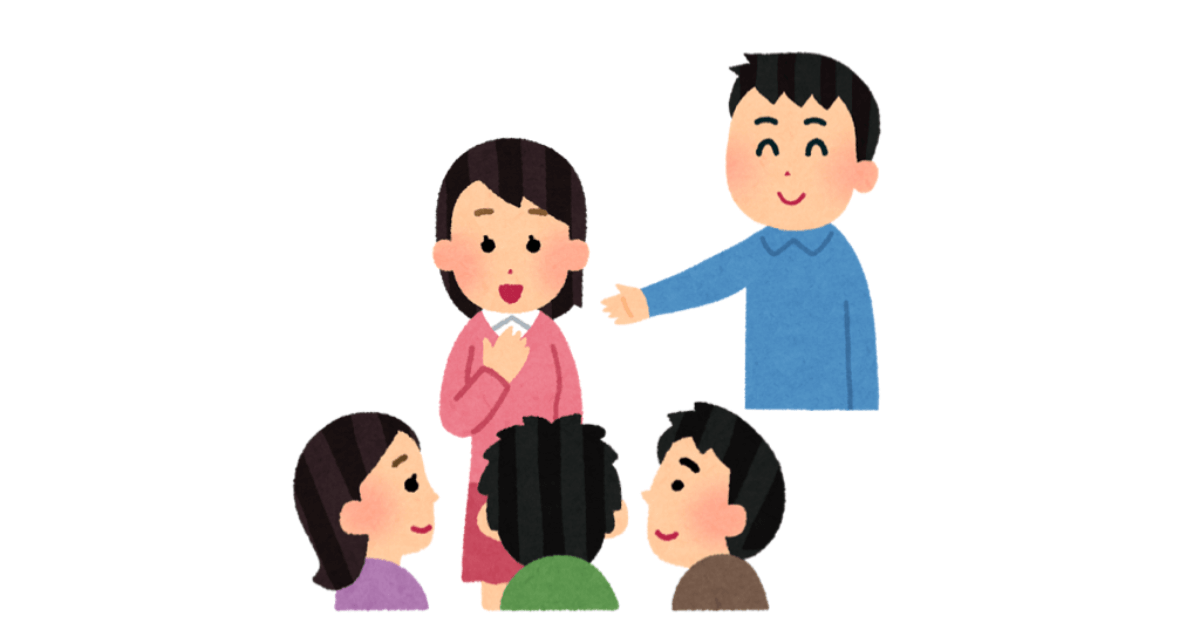
Introduction
Understanding how to use “この” (kono), “その” (sono), “あの” (ano), and “どの” (dono) is essential for describing and identifying things and people in Japanese. These words modify nouns and help specify which item or person you are talking about. In this post, we will explain what they mean, when to use them, and provide examples to help you learn.
What It Means
- この (kono): This (near the speaker)
- その (sono): That (near the listener)
- あの (ano): That (over there, away from both the speaker and listener)
- どの (dono): Which (used to ask about one out of many)
When You Use It
Use “この” (kono), “その” (sono), “あの” (ano), and “どの” (dono) when you want to point out specific things or people. These words are placed before nouns to indicate their location relative to the speaker and listener.
Examples
- Using “この” (kono):
- このかばんはわたしのです。
(Kono kaban wa watashi no desu.)
This bag is mine.
In the sentence above “このかばんは私のです” (Kono kaban wa watashi no desu), the “の” (no) in “私の” (watashi no) represents “かばん” (kaban).
- このかばんはわたしのです。
- Using “その” (sono):
- その人は学生です。
(Sono hito wa gakusei desu.)
That person is a student.
- その人は学生です。
- Using “あの” (ano):
- あの方は先生です。
(Ano kata wa sensei desu.)
That person is a teacher.
“あの方” (ano kata) is a polite way to say “that person.” If you want to address someone causally, use あの人 (ano hito).
- あの方は先生です。
- Using “どの” (dono):
- アリスさんはどの方ですか。
(Arisu san wa dono kata desu ka.)
Which person is Alice?
The polite way to say “which person” is “どの方” (dono kata) instead of “どの人” (dono hito).
You cannot say “どの人/方はアリスさんですか” because “どの” is a question word. In this case, you need to use the particle “が” instead of “は”.
- アリスさんはどの方ですか。
どの人/方がアリスさんですか。
(Dono hito/kata ga Arisu san desu ka.)
Which person is Alice?
どの人/方はアリスさんですか。
(Dono hito/kata wa Arisu san desu ka.)
Which person is Alice?
Note
- When introducing someone, it is more common to use “こちら” (kochira), “そちら” (sochira), or “あちら” (achira) instead of “この人” (kono hito), “その人” (sono hito), or “あの人” (ano hito). For example:
こちらはすずきさんです。
(Kochira wa Suzuki san desu.)
This is Ms. Suzuki.

- The polite way to say “who” is “どなた” (donata) instead of “だれ” (dare).
A: あの方はどなたですか。(Ano kata wa donata desu ka.)
Who is that person?
B: アリスさんです。(Arisu san desu.)
That’s Alice.

Conclusion
Mastering “この” (kono), “その” (sono), “あの” (ano), and “どの” (dono) will greatly improve your ability to describe and specify things and people in Japanese.



